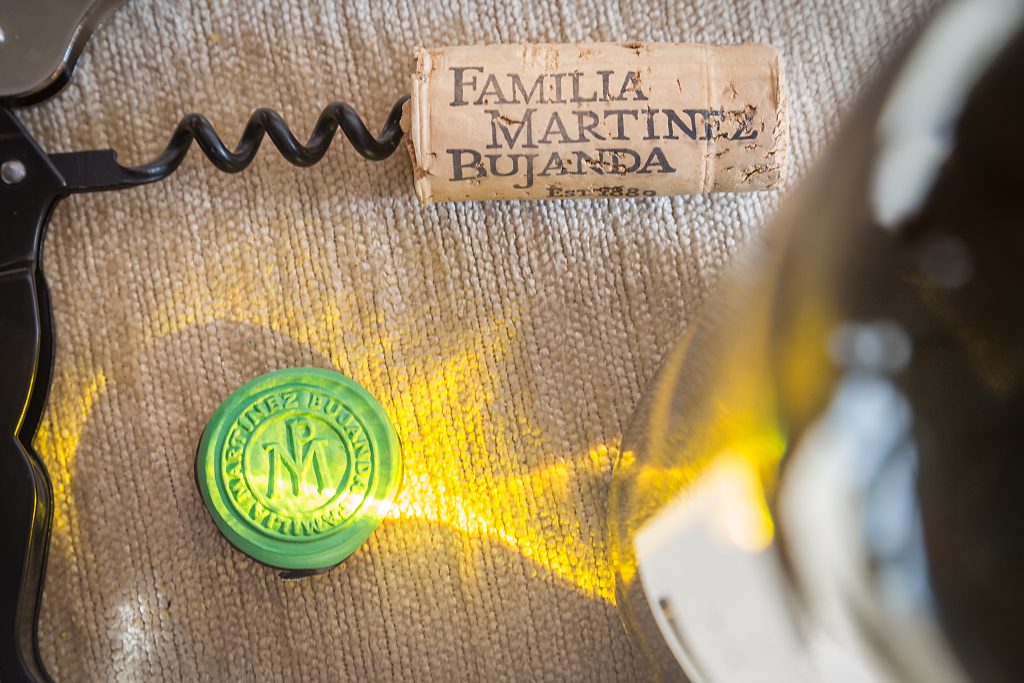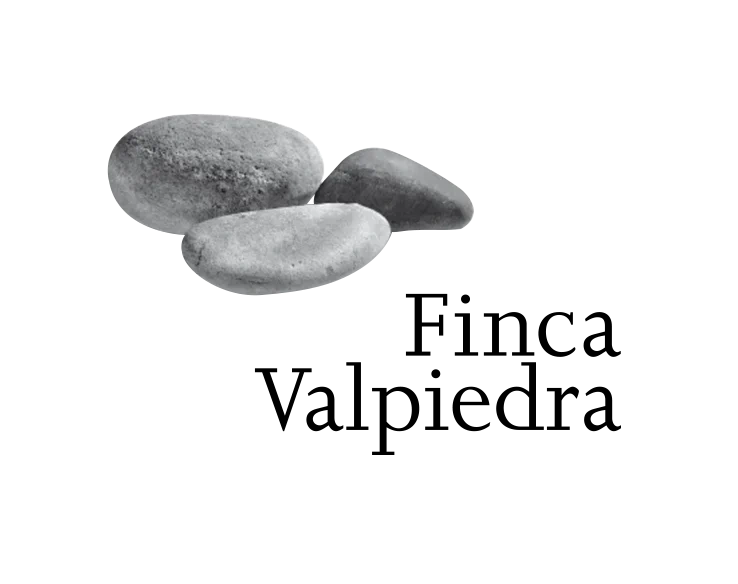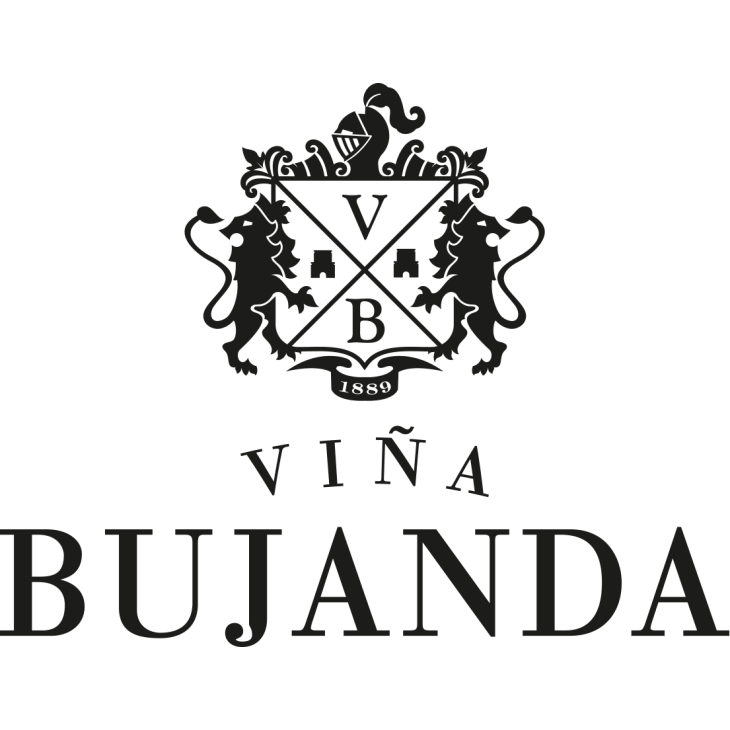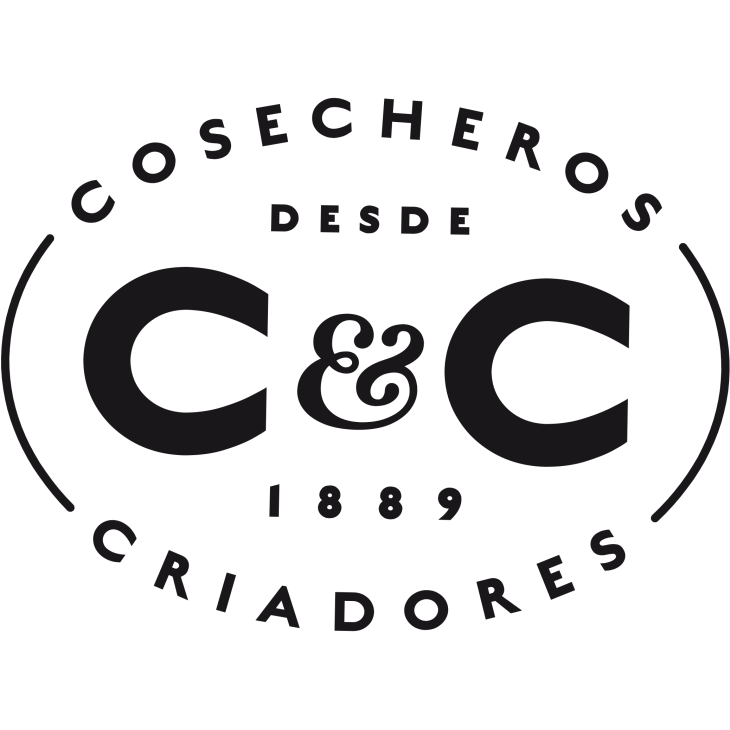Opening a bottle of wine is much more than a step prior to pouring it into a glass. It is the beginning of a special moment, a small ritual that awakens the senses… The touch of the cork as it turns, the sound of the cork popping, the first aroma that escapes from the bottle… It is all part of the experience.
AtMartínez Bujanda Family we believe that uncorking a wine is an art. And like any art, it has its techniques, its tricks and even its little curiosities that are worth knowing.
The sommelier’s corkscrew: the infallible classic
Also known as two-stroke or “waiter’s” corkscrew, it is the favorite of professionals and wine lovers for its precision. It is the most conventional corkscrew, the one we can find in any of our homes.
It is used by cutting the capsule below the gland, inserting the spiral in the center of the cork and extracting it in two soft supports.
It is simple, comfortable and minimizes the risk of breaking the cork. That is why it is the one chosen in most tastings and restaurants.

Foil: the savior of delicate corks
Called ah-so, it is perfect for wines of a certain age whose cork may be dry or fragile. It does not pierce, but embraces the cork with two metal sheets to extract it intact.
It takes some practice, but it prevents debris from falling into the wine, making it a great ally for uncorking old bottles.

The lever: speed and spectacle
Very common in restaurants, its mechanism allows the cork to be removed in seconds. It is quick and easy, although less precise with old corks.
Its design is inspired by industrial tools, which gives it a robust and efficient look.

No corkscrew: knife, ingenuity and dexterity
Before the corkscrew became commonplace, knives, nails or even heating the neck of the bottle was used to expel the cork under pressure.
Today it is not the most advisable thing to do (neither for the cork nor for our hands), but it is part of the history of wine and its popular culture.

Opening a sparkling wine: the master maneuver
No corkscrew is required, but care is necessary. First, cool the bottle well (about 6°C), remove the cork, always holding the stopper, tilt the bottle at 45° and turn it gently.
The ideal sound is not a pop, but a sigh, so the bubbles are better preserved.

Sabrage (or sabrage): the most spectacular corkage
Born among the Napoleonic hussars, the sabrage consists of opening a sparkling wine with a saber. With a sharp blow on the glass ring under the neck, the neck comes off along with the cork.
It is colorful and exciting, but it should only be done on special occasions… and always safely.

Small gestures that make a difference
- Clean the mouth of the bottle before serving.
- Preserve and serve the wine at the right temperature.
- If the cork is fragile, the foil corkscrew will be your lifesaver.
- If cork or sediment remains, decant before drinking.
- Keep the cork from a special bottle as a souvenir or reuse it to bring out your artistic side and make a craft. Here are some ideas.
At Martínez Bujanda Family we like to think that opening a bottle is like opening a story. From a young and fresh wine to share at an impromptu meal, to a special vintage reserved for a great celebration, each bottle that is uncorked invites us to enjoy, toast and remember.
Choose in ouronline store the wine that will be the protagonist of your special moment and open it with love.
Do you have any tricks of your own for uncorking bottles? Let us know in the comments!




